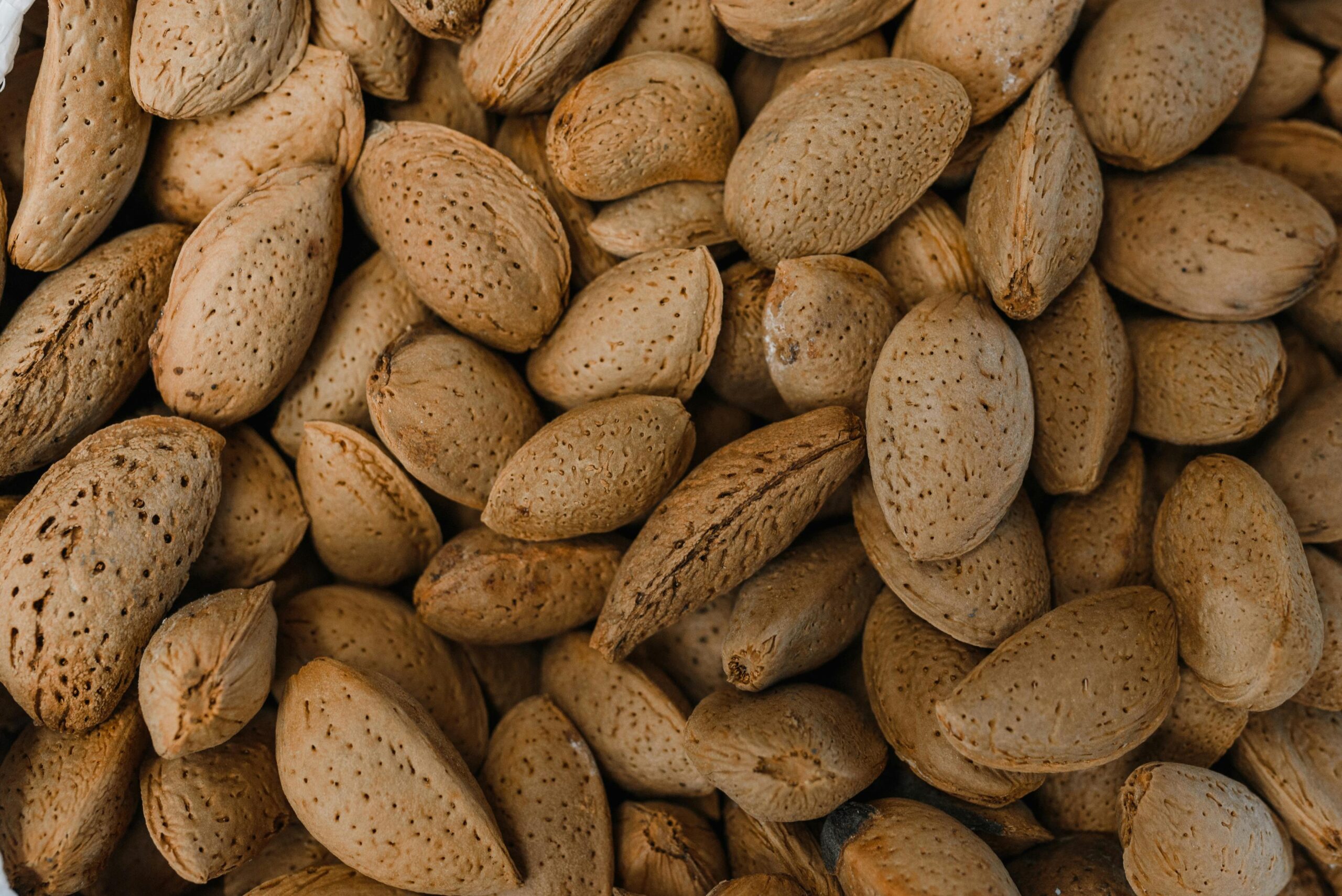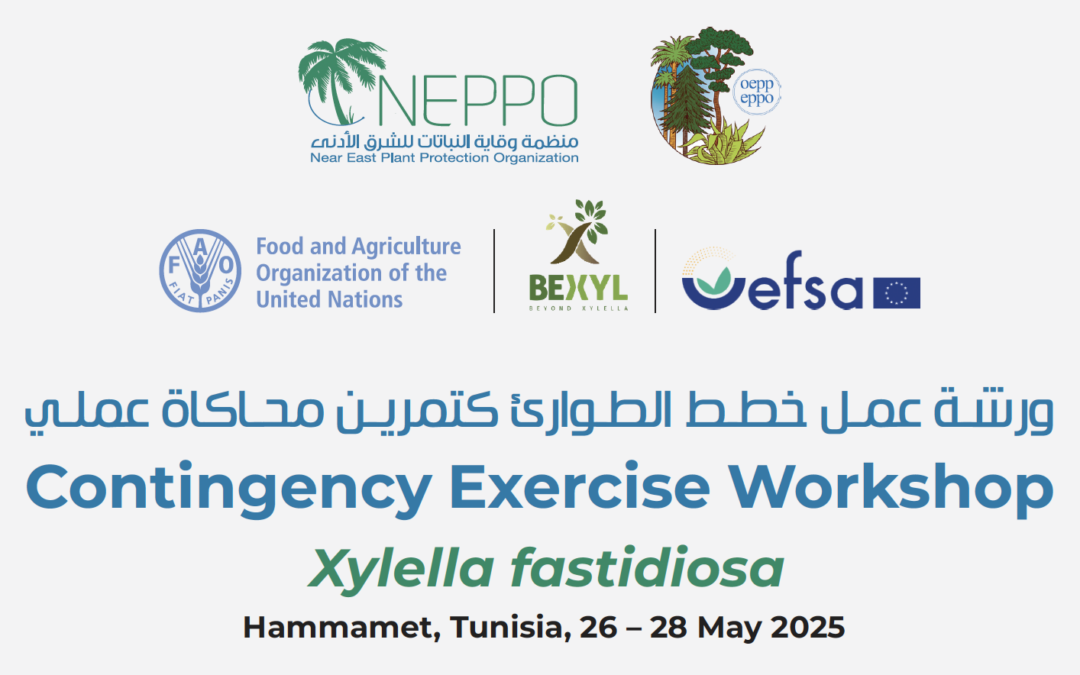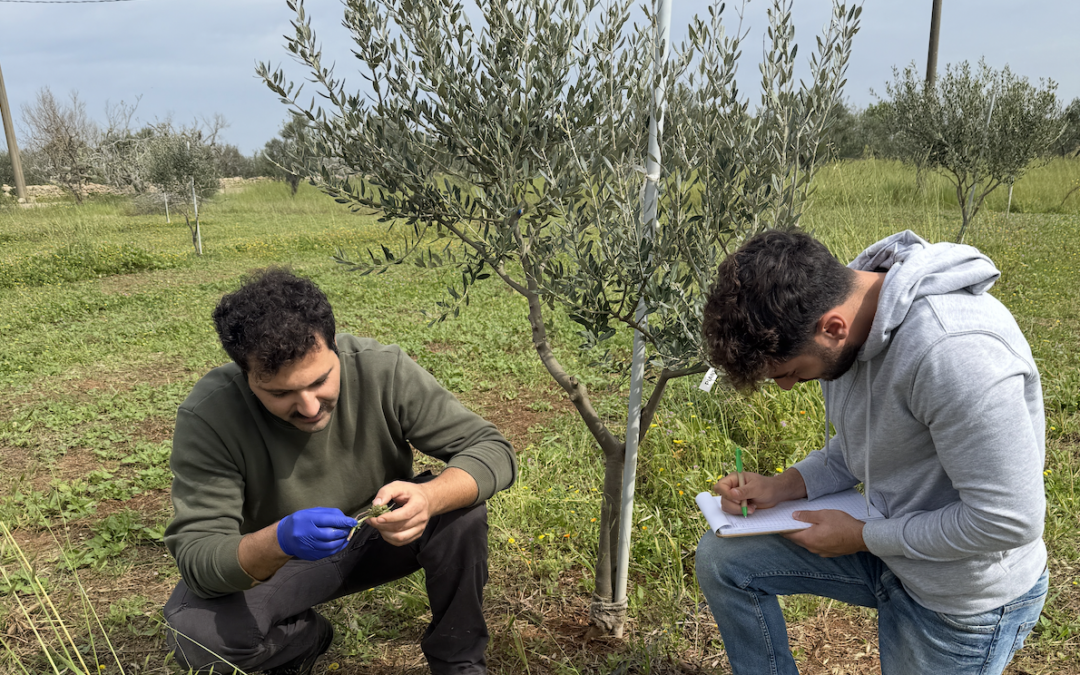In the province of Alicante, Spain, the outbreak of Xylella fastidiosa has brought the local almond variety to the brink of extinction reducing the crop in the north of the province by 99%, the Spanish newspaper El País reports. According to data provided to the newspaper by the farmers’ organisation Asaja, X. fastidiosa, combined with the effects of the drought, has affected almond production in the entire Valencia region, which fell from 6,702 tonnes to just 4,490 tonnes last year.
It is difficult to say how much of the drop in almond production is due to the bacteria and how much to the drought, Asaja warned, adding that both factors have caused the Valencia region to lose more than 36% of its crop in the last four years. The farmers called on the EU to change the rule that requires uprooting almond trees within 50 metres of infected ones, and on the local and national government to take action with financial support and a plan to replant varieties resistant to the pathogen.
Once a tree is infected, “it turns yellow and dies of hunger in four or five years,” said one farmer.
In 2017, Xylella fastidiosa was detected for the first time in mainland Spain in a plot of almond trees in El Castell de Guadalest, near Alicante (Valencia Region). In the area, Xylella fastidiosa mainly affects almonds, causing leaf scorch disease. Since 2017, more than 240,000 plants, mostly almond trees, have been removed from the infected area. The ongoing eradication campaign in Alicante is one of the largest ever in the EU.








